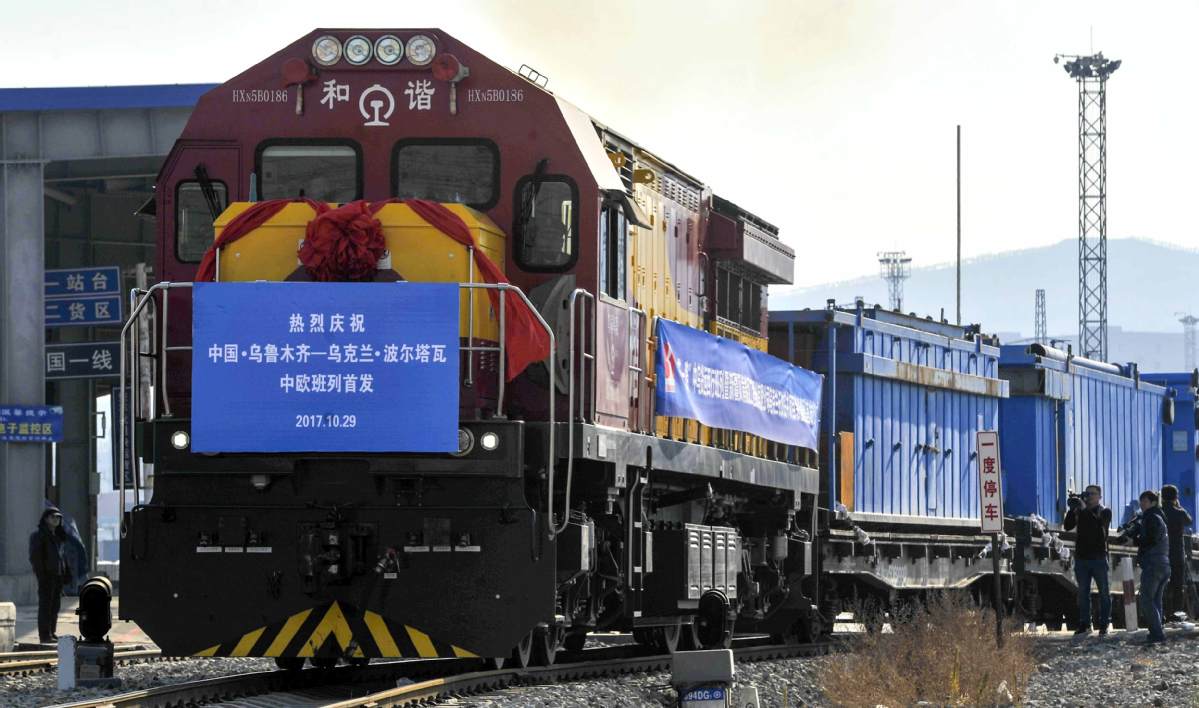Xinjiang logistics network cuts shipping costs, travel time
2018-08-29 09:05:24
Sino Euro Cargo Railway, a logistics network linking China's Xinjiang autonomous region with central Asian and European countries, is reducing logistics costs by $300 per 40-foot shipping container this year, an executive in charge of the railway's operations said.
Nan Jun, deputy general manager of Xinjiang Xintie International Logistics Co Ltd, said the reduction in cost was due to their negotiation process with overseas railway administrations, and comes from a hope of jointly promoting cross-border trades.
"There is a huge potential for overseas trade between China and central Asian countries through land port in Xinjiang, as the countries' industrial development is complementary," Nan said.
"We hope a reduction in logistic costs will attract more businesses as the Sino Euro Cargo Railway is growing to be a vital artery to strengthen trade ties with central Asian and European countries," Nan added.
Goods produced in Xinjiang and other Chinese provinces can be shipped to Uzbekistan, Kazakhstan, and other 21 countries and regions through a collection center based in Urumqi, Xinjiang's capital, which was set up by the Urumqi Railroad Bureau.
Nan said goods shipped to Europe are mostly chemical products, like PVC and farm products. Central Asian countries, however, have a large import need for everyday items.
Cargo trains departing from the collection center have made a total of 654 trips up as of Aug 25, according to Nan — who also revealed their goal for this year is 1,400 trips. In 2017, the total number of cargo shipments for Sino-Euro trains departing from Urumqi was 710.
Nan said the company is also embracing tech innovation to shorten shipping time. Currently trains from Urumqi take 13 days to travel to Duisburg in Germany. In the past, shipping time was 15 days. Prior to using Sino Euro Cargo Railway, the shipping time was 45 to 50 days via sea.
According to Nan, the collection center now offers customs clearance and inspection services, which also help shorten shipping time.
"We currently have 19 routes in total and are planning for more that will involve Mediterranean countries," Nan added.
Nan explained the new routes were designed for growing trade demand from these areas.
